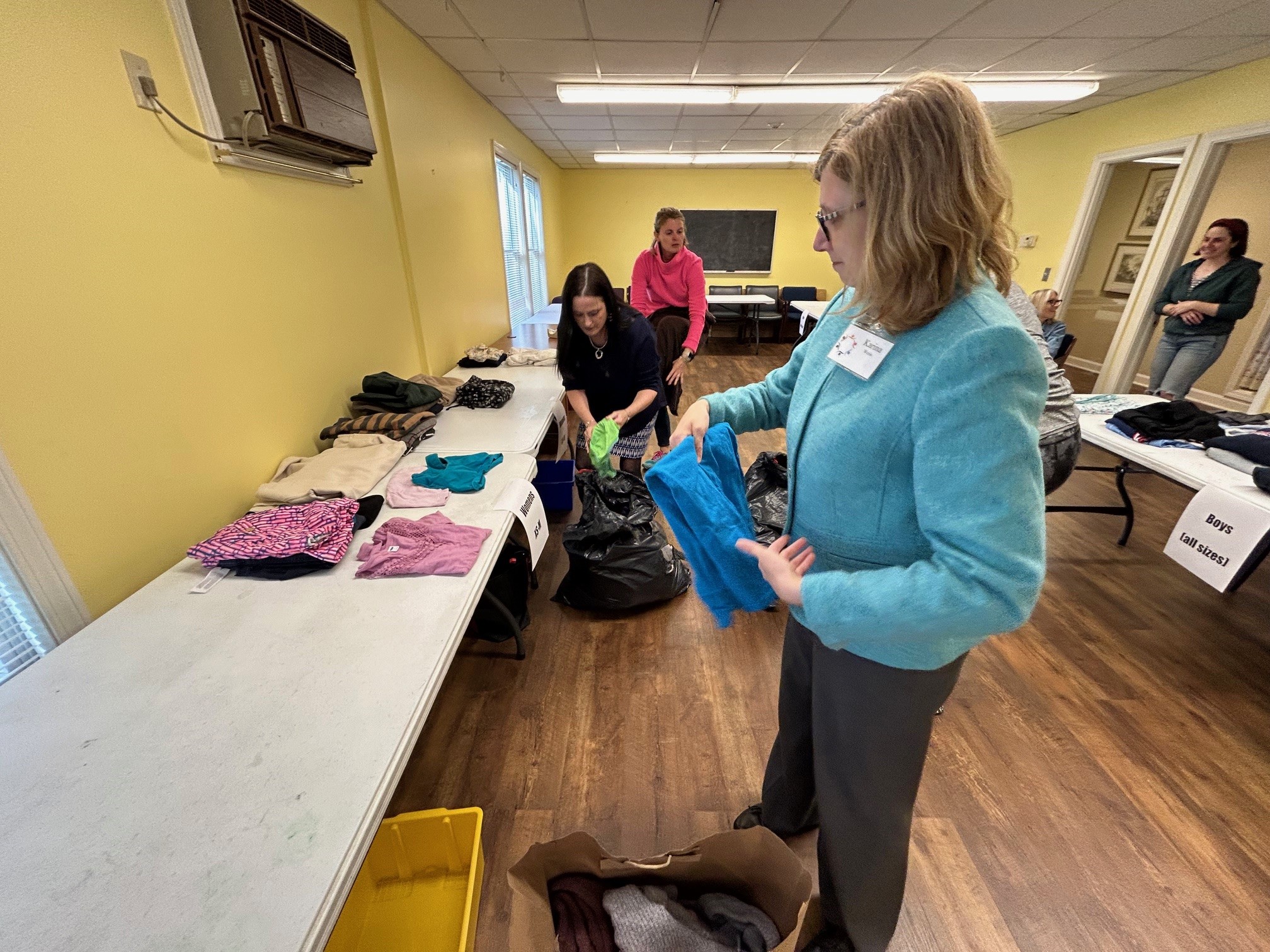Stonehedge Landscaping and Garden Center does the bulk of its business between April 1 and June 15, but the coronavirus cut its revenue by 30 to 35 percent. Owner Steve Woods said he’s worried his business won’t even be back to normal by June.
“This is the window. So, we either have it or we don’t,” said Woods standing next to pallets of pansies.
Foot traffic is down, and many of his customers are older. They’re staying home and staying safe.
“They’re scared and I get it. This is a very real, scary virus,” he said.
Woods know that all too well. He lost his mother-in-law, the first known coronavirus patient in Hartford County.
“It’s very real. And it can affect anybody at any time and any place,” said Woods.
The paycheck protection program is part of the $2 trillion federal stimulus package passed by Congress to help small businesses weather the coronavirus crisis.
Local
A business can borrow up to $10 million from their bank to cover their payroll expenses for the next eight weeks, and as long as they retain all of those employees, the loan becomes a grant, meaning it doesn’t have to be paid back.
Minutes after the midnight start of the payroll protection program, Woods was on his computer trying to apply with his longtime lender, Bank of America. He said he was rejected because he doesn’t have a current loan.
“The bank that I’ve been doing business with for over 40 years I don’t qualify,” he said.
Thousands of small business owners took to Twitter Friday threatening to pull their business from Bank of America.
“We know for these businesses speed is of the essence. We can move fastest with our nearly 1 million small business borrowing clients. That is our near term priority,” company spokesman Carla Molina told NBC Connecticut.
Molina added that Bank of America is processing 10,000 applications an hour, totaling $6 billion so far.
“As the administration has made clear going to your current lending bank is the fastest route to completion,” Molina said.
Bank of America later said that customers would not have to have a borrowing history with the bank but that it would continue to prioritize those who do.
“We will expand our process soon and are addressing requests through an escalation process in the meantime,” said Molina.
Bank of America was the first of the big banks to be up and running, but not until 9 a.m. With final federal guidelines on the program not coming until Thursday night, many banks spent the day trying to set up their programs.
“I think the intention is really good. It was done very quickly, and I think it’s going to create some of the operational challenges for the bank,” said Nitin Mhatre, Webster Bank executive vice president of community banking. "Most banks are anticipating significant amount of volume that cannot be handled in a manual type of process so most banks, including us are trying to make this as digitized a process as possible, and you need the application form and the guidelines, which we got last night.”
“We are in uncharted territory so we’re trying to work through all of these issues. Kid you not have had a 1,000 emails today, my call list is near to 100," said Mark Hayward, interim district director for the Small Business Administration, as his phone rang again during our interview.
Anthony Sullo waited all day to apply to Webster Bank.
“So far, it’s a little bit confusing just because we don’t know exactly what they’re going to ask for,” said Sullo.
He said he employed 150 people at his three Joey Garlic’s restaurant locations and is now down to 40 workers.
“The purpose of the act seems to be to retain employees, but restaurants as you know closed a few weeks ago, and therefore our employees have mostly already been laid off already. So, the question is, do we hire them back even though we’re closed? There’s nothing for them to do,” said Sullo.
NBC Connecticut took his question to the U.S. Small Business Administration, running the federal program and were told those employees should be hired back.
“They would not save the money for when this is over. They would begin to pay their employees now, they would come off payroll so they’re still employees even though that they cannot actually work at that particular restaurant, but the point of this payroll protection program is exactly that, to protect your employees, to give them the salary that they would normally get,” said Hayward. “The bottom line is, people are forced to the unemployment line cause of this temporary issue. It’s always anticipated that these people will come back to work, people in restaurants, people in manufacturing, and so by you retaining those employees and paying those employees over the next eight weeks it really provides them with safety, soundness, and security that they’re going to go back to the job that they had.”
Hayward said by 1 p.m. Friday afternoon 4,000 loans had been processed by 500 lenders totaling $1.5 billion.



